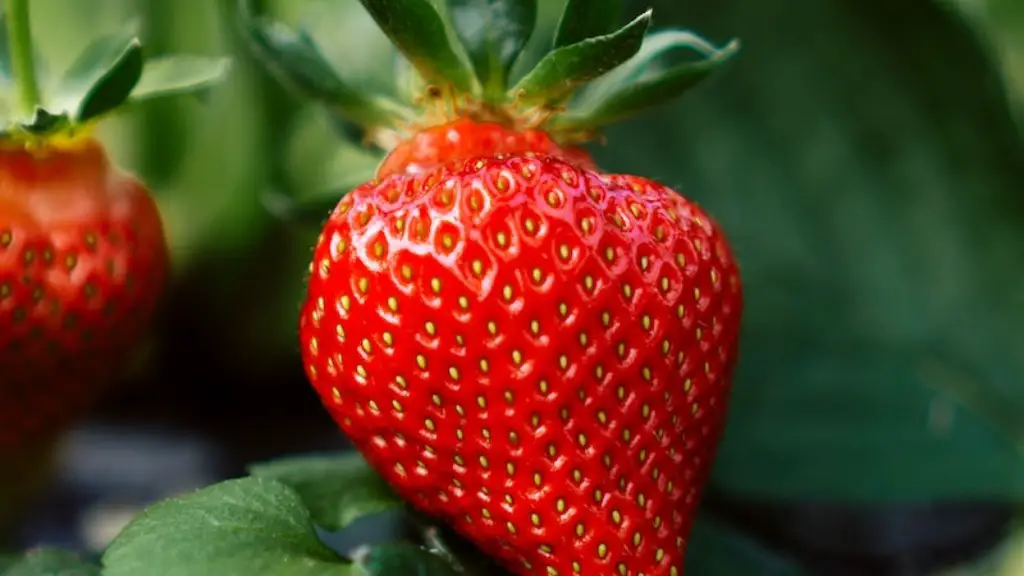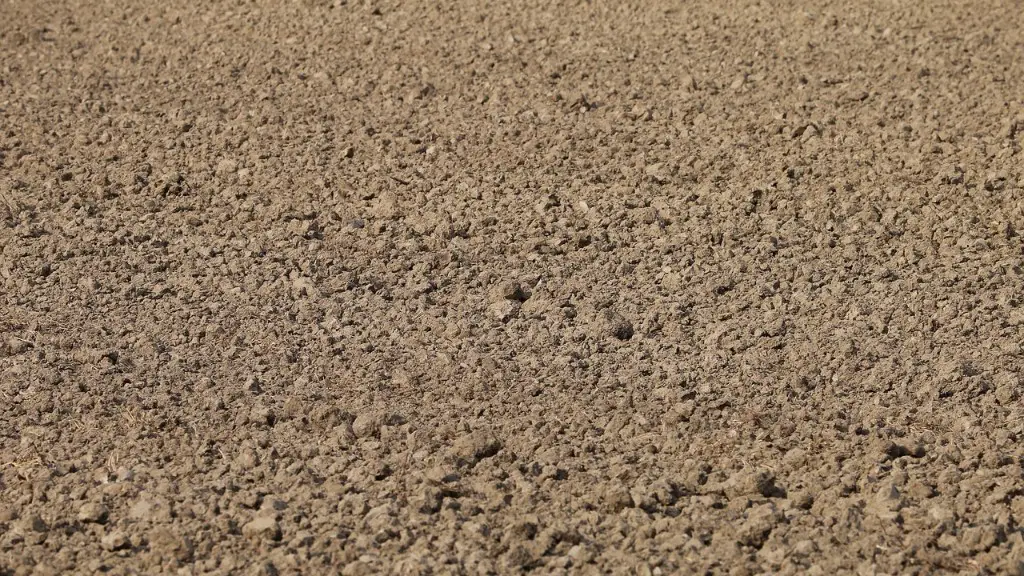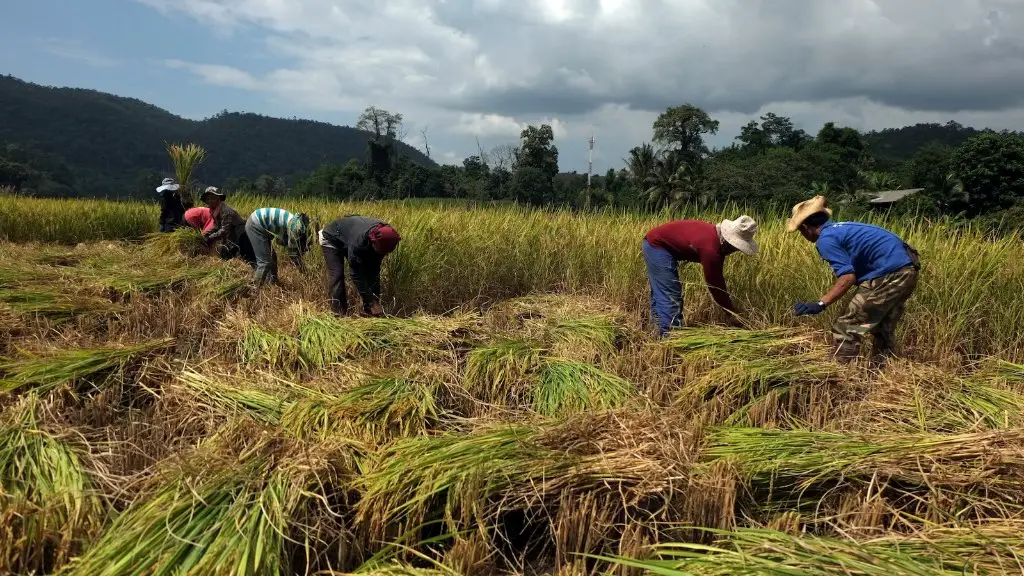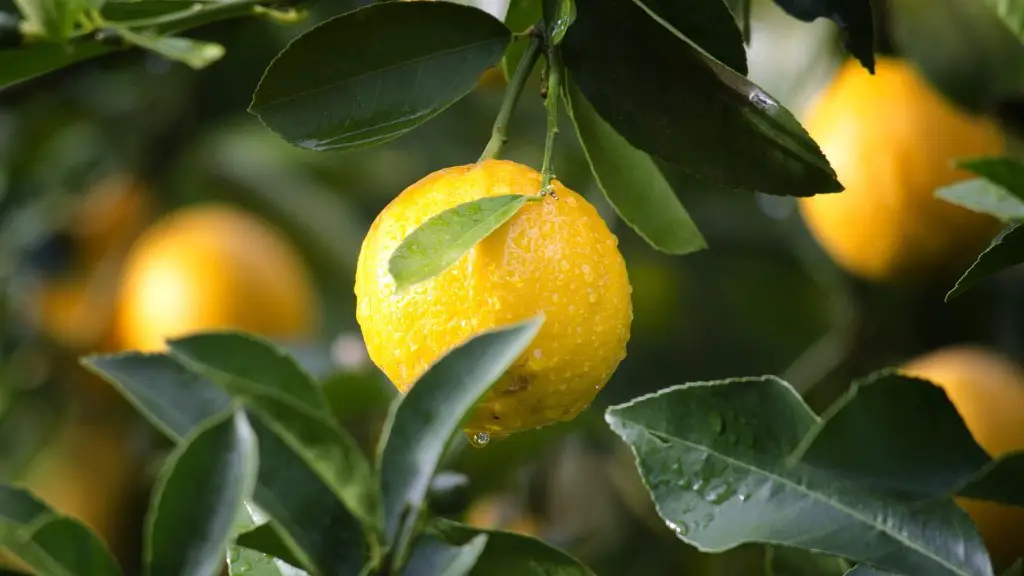One way to protect crops is to use biological control, which is the use of living organisms to manage pests. These include predators, parasitoids, and pathogens. Biological control can be an important part of an Integrated Pest Management (IPM) program.
Biological control is the use of living organisms to manage pests. This can be done by introducing natural predators or parasites, or by manipulating the environment to favor the natural enemies of the pests.
What are examples of biological controls?
Biological control is the use of living organisms to control pests. Classical biological control is the use of natural enemies to control pests. Some notable examples of classical biological control include the use of decapitating flies (several Pseudacteon species) against red imported fire ants, and a group of flea beetles, thrips, and stem borers used against alligator weed.
Biological control can be achieved by using avirulent strains of pathogen species. This is done by releasing avirulent Aspergillus flavus Link genotypes, which reduces the contamination of crops by aflatoxin.
What are the 3 types of biological control
Biological control is a method of using natural enemies to control pests. There are three primary methods of using biological control in the field: 1) conservation of existing natural enemies, 2) introducing new natural enemies and establishing a permanent population (called “classical biological control”), and 3) mass rearing and periodic release, either on a seasonal basis or inundatively.
Bacillus thuringiensis (Bt) is a soil-dwelling bacterium that produces proteins that are toxic to certain insects. Bt has been used as a biological control agent against a variety of insect pests, including Lepidopteran (moth, butterfly), Coleopteran (beetle) and Dipteran (true fly) insects. Bt is most effective against caterpillars, but can also kill other insects, such as beetles and flies. Bt is safe for humans and animals, and is often used in organic agriculture.
What is biological control in easy definition?
Biological control is the use by humans of beneficial insects such as predators and parasitoids, or pathogens such as fungi and viruses, to control unwanted insects, weeds, or diseases. Biological control dates back to 324 BC, when Chinese growers were recorded using ants to feed on citrus pests.
Beneficial insects and pathogens can be introduced into an area where they are not already present, or they can be encouraged to multiply if they are already present in low numbers. Biological control can be an important part of an Integrated Pest Management (IPM) program, which uses a combination of techniques to manage pests.
There are some risks associated with using biological control agents, but these can be minimized by careful selection and release of agents, and by monitoring their populations after release.
Augmentive Biological Control is the release of a Predator or parasitoid to increase its population in an area where its prey or host is present. This is usually done on a large scale, in order to have a significant impact on the population of the pest.
Classical Biological Control (also known as Inoculative Biological Control) is the introduction of a natural enemy of the pest into the area where the pest is present. This is usually done on a small scale, in order to establish a population of the natural enemy in the area.
Inundative Biological Control is the release of a large number of predators or parasitoids into an area in order to achieve a quick reduction in the population of the pest. This is usually done on a small scale, in order to avoid the establishment of the predators or parasitoids in the area.
Manipulative Biological Control is the manipulation of the environment in order to favor the natural enemies of the pest. This can be done on a large or small scale, depending on the desired effect.
What are 3 advantages of biological control?
There are many advantages to using biological control to manage invasive plants. First, it is environmentally friendly because it causes no pollution and affects only the target (invasive) plant. Second, it is self-perpetuating or self-sustaining and therefore permanent. Third, it is cost-effective.Fourth, it is safe for humans and animals. Fifth, it is specific to the target plant and will not harm other plants or animals. Sixth, it is easy to implement and does not require special equipment or training. Finally, it is an effective long-term solution to the problem of invasive plants.
Biological control is a great alternative to traditional pesticides, as it is less harmful to the environment. One way to increase the effectiveness of biological control is to irradiate the natural enemies, which makes them more resistant to shipping and deployment stresses. Additionally, radiation can increase the shelf life of the natural enemies, making them more cost-effective.
How do organic farmers use biological pest control
Biological pest control is an environmentally friendly method of controlling pests which uses other organisms to control insects, mites, weeds and plant diseases. This is a method which relies on predation, parasitism, and herbivory or some other natural mechanisms, including an active human management role, in order to minimize the usage of synthetic pesticides.
An effective biological control agent must be able to find and parasitize or prey on its target efficiently. It must also have a high reproductive potential in order to offset any losses due to environmental conditions or predation. The agent must be able to survive at low prey densities and adapt to a wide range of environmental conditions. Finally, it must have a minimal handling time, meaning that it can be easily released into the environment and does not require special care or handling.
What is an example of biological control of weeds?
One of the most frequently cited examples of successful biological weed control is the eradication of prickly pear cacti (Opuntia spp.) in Australia by an imported moth (Cactoblastis cactorum). This moth is a natural enemy of cacti, and its introduction has resulted in the successful control of this weed species. Another example of successful biological weed control is the control of rangeland in California, Oregon, Washington, and British Columbia by the introduction of St. John’s wort (Hypericum perforatum). This plant is a native of Europe, and its introduction into North America has resulted in the successful control of many weed species that were previously difficult to control.
This method is used to target a specific pest that is not native to the country. This can be done either accidentally or on purpose. The benefits of this method are that it can help to control the population of the pest, and it can also help to protect the native species of the area.
Why is biological control better for the environment
Biocontrol is a great way to reduce the population of pests and their impact on the environment. There are many advantages to using biocontrol, including the fact that natural enemies are an environmentally friendly alternative to pesticides. In addition, biocontrol can help to reduce the spread of invasive species and keep them under control.
Biological control is an alternative to using pesticides which involves using one species or biological agent to control the population size of another species. The organism used is called a biological control agent. By releasing a natural predator into the crop growing area, the number of pests can be reduced.
There are many benefits to using biological control agents over pesticides. For example, biological control agents are usually specific to the target pest, meaning that they will not harm other organisms. They are also often cheaper to produce than pesticides and can be beneficial to the environment as they often help to promote biodiversity.
There are some drawbacks to using biological control agents however. They can take some time to become established in an area, and there is always the risk that they may become a pest themselves if their population is not kept in check. Additionally, they may not be effective against all pests in an area.
Overall, biological control agents can be a useful tool in pest management, but should be used in conjunction with other methods such as crop rotation and the use of physical barriers such as netting.
What is the importance of biocontrol agents in agriculture?
There is a growing interest in the use of biocontrol agents as a potential replacement for harmful pesticides. Biocontrol agents are living entities that can be used to manage plant diseases in a more environmentally friendly manner. There are many different types of biocontrol agents, including bacteria, fungi, and viruses. Each type of biocontrol agent has its own unique set of benefits and drawbacks.
Biological controls are living organisms that are introduced into an environment to control an existing population of another organism. Biological controls can have advantages over pesticides which are usually broad spectrum and can kill a wide range of invertebrates. Biological controls cause no damage to plants and do not leave residues.
What is an example of biological control of invasive species
Biological control of weeds is a process that involves introducing natural enemies of the weed species into the environment in order to help control the weed population. In North America, most of the natural enemies that are used for biological control of weeds are plant-feeding insects, such as beetles, flies, and moths. This option usually requires a lot of research and testing to make sure that the natural enemies only target the invasive weed species and not native plants.
There are both advantages and disadvantages to using biological control agents to manage pests. One advantage is that there are minimized safety concerns as these agents leave behind no long-lasting residues that could be harmful to the environment. Another advantage is that bioagents are typically more selective in terms of the pests they target, which can save money on pest control costs. However, using biological control agents can be time-consuming and require a certain level of skill and knowledge. Additionally, there is always the possibility that new pests could emerge that are resistant to the bioagents being used.
Conclusion
Biological control is the use of living organisms to control pests in agriculture. Commonly used biological control agents include predators, parasitoids, and pathogens. Biological control can be an important component of integrated pest management (IPM) programs.
Biological control is a method of controlling pests in agriculture that uses other organisms to manage pests. This can be done byIntroducing predators, parasites, or pathogens of the pest; releasing benefits organisms that compete with the pest; or inducing plant defense mechanisms.





